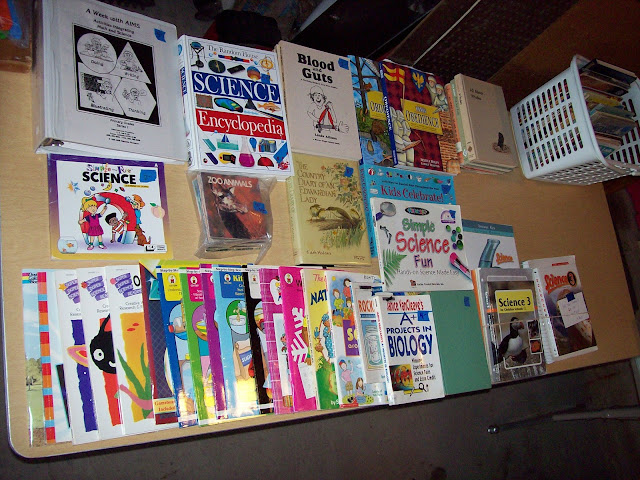A few years back, I found Teaching the Classics by Adam and Missy Andrews. After skimming the syllabus and watching the DVD's, I knew I was on to something. From there, I started networking. I listened to podcasts including interviews with Adam Andrews and Lawrence Goldstone. I put out feelers among our local homeschool groups as to whether or not there was other interest in this sort of book group. This past summer, I also read Deconstructing Penguins by Goldstone and felt convicted that now was the time to act.
Because Riley and Ruben are 5th and 6th grade, I thought this was a good age group to start with. After a little behind the scenes planning, our group was formed. From there, the rest was history as they say. We have nine students with a mix of boys and girls. Actually to my surprise, the boys outnumber the girls 2 to 1. I guess I had some weird stereotype in mind that girls were more likely readers.
Anyway, we met last week for the first time and it was great! We studied Wind in the Willows by Kenneth Grahame. Each student is assigned to read the entire book before our group meets. Being our first meeting, it started a little slow, but gained momentum as we went along. We met for one hour, discussing literary elements such as setting, characters, conflict, plot, and theme. Many of these ideas were new to the students, but they seemed to grasp them quickly.
Wind in the Willows was a good book to start with. The language is very rich. The characters have depth. Their human like qualities make for great discussion, yet because they're animals, they appeal to children. I was also fortunate enough to borrow Kenneth Grahame's Wind in the Willows, A Socratic Discussion with the Classics Club, a DVD course by Adam and Missy Andrews, in which Adam Andrews leads a group of young people in a Socratic discussion of the book. This was very helpful to glean from a model in action prior to leading the group. The DVD is actually nearly two hours and Andrews' discussion gets quite in depth as obviously his students have met and held Socratic discussions before. However, because our group only meets for one hour and because it was our first meeting, I tweaked and shortened the content to start with basics.
By the way, if you ever read Wind in the Willows, I highly recommend the edition illustrated by Ernest H. Shepard. The illustrations are fabulous and really compliment the book.
Our book club will meet monthly from September through April, with the exception of December. I have the following books scheduled...
September – Wind in the Willows by Kenneth Grahame
October – The Adventures of Tom Sawyer by Mark Twain
November – A Christmas Carol by Charles Dickens
No December meeting
January – The Hobbit by J. R. R. Tolkien
February – Miracles on Maple Hill by Virginia Sorensen
March – Robinson Crusoe by Daniel Defoe
April – The Secret Garden by Frances Hodgson Burnett
In starting this club, my goal was to get kids reading classic literature from a variety of genres. I chose most of the books from Ambleside Online's Free Reading lists for Years 3-6. These books as well as the club discussion is what makes up our reading curricula this 2015-2016 school year.
Although, I don't have The Classics Club DVD to lead me through upcoming discussions, a friend borrowed me Reading Roadmaps, A Literary Scope & Sequence for K-12, also by Adam and Missy Andrews. This handy resource lists over 200 titles, which are "summarized and cross-referenced with elements of fiction common to all stories". There are different chapters/sections broke down by frequency of study. For example, there's a Daily/Weekly Model, Monthly Model, Six Week Model, Quarterly Model, and Seasonal Model. Each model contains a chart with book titles, plot summary, conflict, theme, aids/devices, and an alternate title. Hopefully, this book, along with the list of Socratic questions provided in Teaching the Classics, will give me enough of an outline to lead the group.
I'm linking this post in the Children's Classic section of the 2015 Back to the Classics Challenge.
I'm linking this post in the Children's Classic section of the 2015 Back to the Classics Challenge.



















